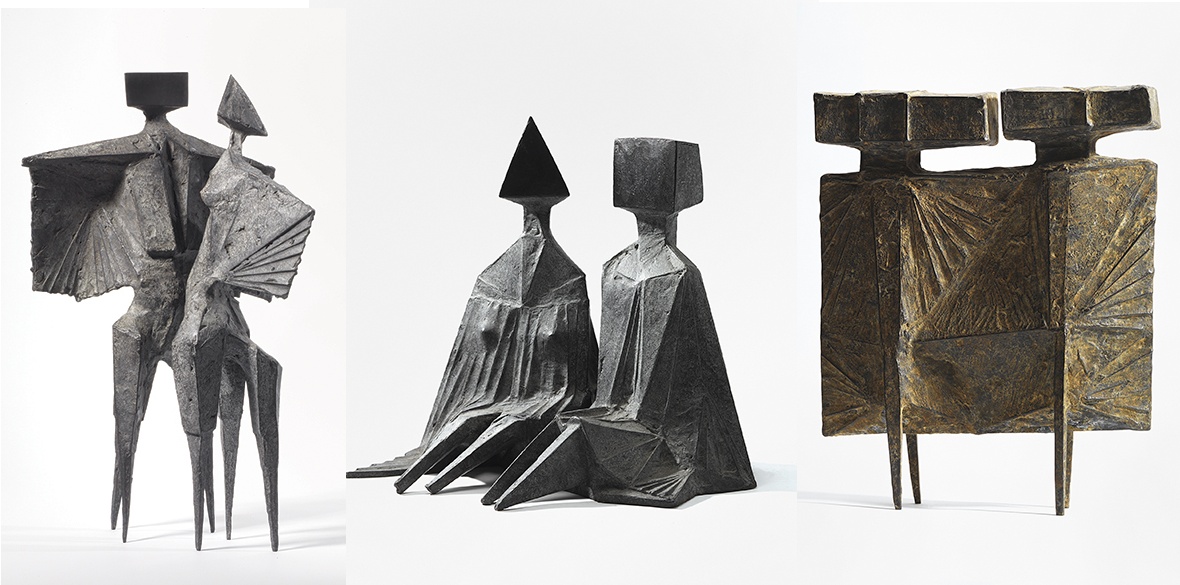This is the last article you can read this month
You can read more article this month
You can read more articles this month
Sorry your limit is up for this month
Reset on:
Please help support the Morning Star by subscribing here
LONDONER Lynn Chadwick came into sculpture via architecture, a field he worked in as a draughtsman, and it was the influence of his employer Rodney Thomas that proved crucial.
Thomas was a dreamer and a visionary thinker — “a modest man who didn’t think modestly” — who’d been dissuaded by his uncle from becoming a painter. He was the ideal person to encourage Chadwick’s aspiration.
Chadwick’s lack of formal artistic training was a blessing in disguise, as it was his architectural drawing that “taught me how to compose things,” he once recalled. “I actually wanted to produce a sort of touchable object, a tangible object... I wanted to do it to have some reality in front of me.”
A conscientious objector until 1941, his big break came in 1956 when the British Council chose him to represent Britain at the 28th Venice Biennale where, rather unexpectedly, he won the International Sculpture Prize.
Chadwick was picked ahead of the favourite Alberto Giacometti and remains the youngest recipient of the prize ever.
Although initially drawn in by mobiles, he went on to test a vision unburdened by contemporary theory.
Chadwick’s bronze sculptures, deeply humanist, are semi-abstract and geometric human figures, usually in pairs, which emanate an everyday familiarity. Whether in repose, walking, climbing steps, ruffled by wind or just standing still they are our familiars.
His exploration of shape and texture produces enthralling creations, particularly when he came to “clothe” his figures, seeking to broaden the formal range. There is a manifest togetherness and sense of solidarity, not to say love, that flows from their elegant and dignified poise.
Chadwick’s body of work, coherent and assured, exudes a confidence not just with its captivating aesthetics but, in a wider sense, humanity.
In 1995, he abruptly stopped working. “There are only so many things to say and only so many ways to say them and I’ve done that now,” he explained.
He died in 2003 at the age of 88, having been recognised in France – he was made Commandeur Ordre des Arts et des Lettres in 1993 — and Britain, where he became a Royal Academician in 2001.
Pangolin’s exquisite ISSUU catalogue, available here, makes online viewing highly rewarding. The zoom function encourages inspection of textural detail in exciting, forensic close-up.
Highly recommended.












